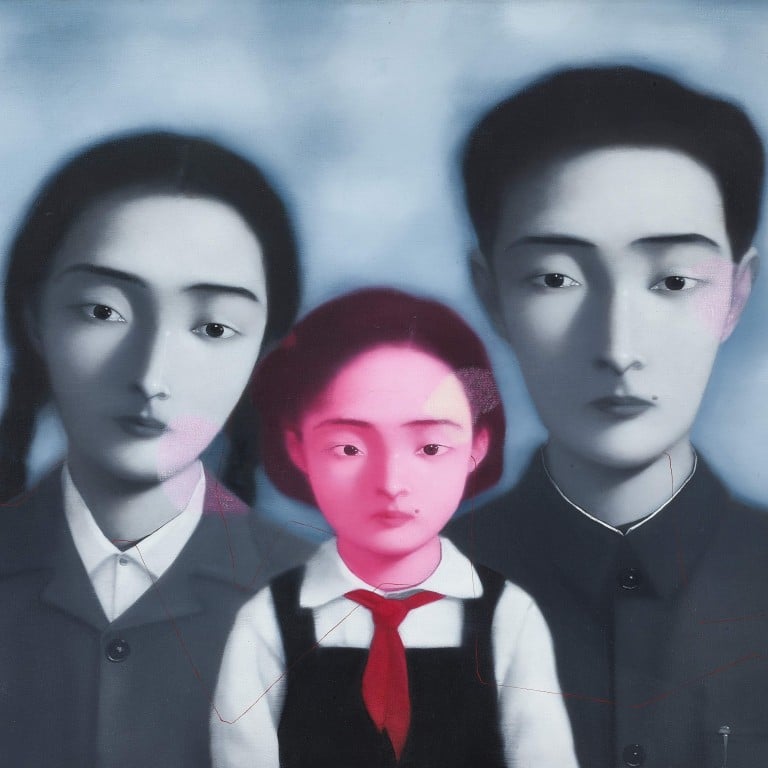Explainer / How Christie’s and Sotheby’s are ramping up global expansion with major property moves: after over 200 years, they and Phillips – also British – lead the industry, thanks mostly to a pivot to Asia

- All 3 auction houses will open new offices in Hong Kong this year: Phillips in the West Kowloon Cultural District; Sotheby’s in Chater House, formerly leased by Armani; and Christie’s in The Henderson
- Sotheby’s also bought the Brutalist Breuer Building in New York, a building by the Presidential Palace on Paris’ Rue du Faubourg Saint-Honoré, and is opening offices in Tokyo, Seoul and Shanghai
Given Sotheby’s was founded in 1744 and Christie’s in 1766, it is remarkable that these two British auction houses continue to dominate the trillion-dollar global art market. According to 2022 figures, Christie’s is No 1 in the world with sales of US$8.4 billion, with Sotheby’s just behind at US$8 billion.
Their enduring success arguably relies on the fact that while both brands trade on their famous name and long heritage, they have never been afraid to shake things up to stay relevant.

This has taken many guises, with two of the biggest changes in recent decades being shifting from exclusively selling fine art to incorporating jewellery, fashion, property and more; and moving their centre of gravity away from London and New York to embrace Hong Kong, Shanghai and Tokyo.
Now, auction houses are showing their power by acquiring some of the most coveted property in the world. In Hong Kong, Sotheby’s is taking over Chater House, formerly occupied by Armani. The auction house’s lease on the two-storey space will begin this autumn, with a gallery due to open the following year. The space will be used to host auctions and exhibitions, and will also include a coffee station and bar.

In New York, they bought the Breuer Building on Madison Avenue, a masterpiece of Brutalist architecture that was built in 1966 and which housed the Whitney Museum of American Art until 2015. Sold to Sotheby’s for an estimated US$100 million, the building is set to become their global headquarters, and will also incorporate an exhibition space.
“We wanted to put Sotheby’s in the centre of Hong Kong, which remains an art and luxury hub; that also applies to the Breuer. In Paris, we have acquired a building right by the Presidential Palace on Rue du Faubourg Saint-Honoré that will also put Sotheby’s in the heart of the city where it belongs,” says Nathan Drahi, Sotheby’s managing director in Asia.